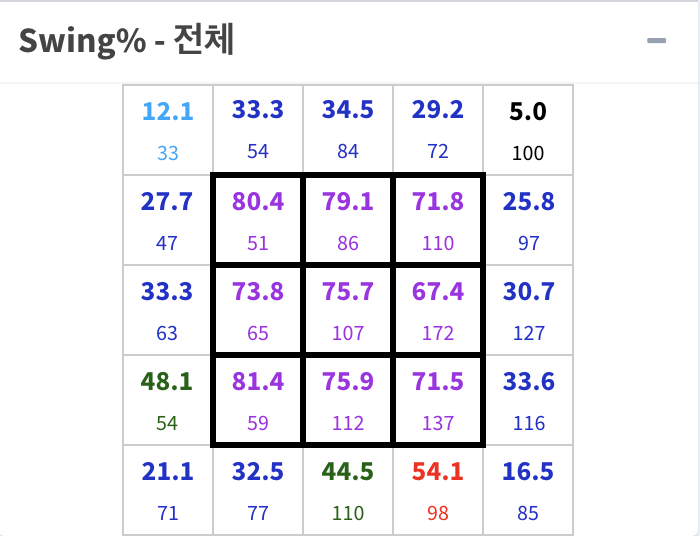More Spin, More Problems: Hitter Performance Against High-Spin Fastballs
Major League Baseball is preparing to crack down on pitchers’ use of foreign substances, which could have important ramifications for how the game is played not just the rest of this season, but for a long time to come. Such a remarkable midseason change in enforcement — one report from ESPN’s Buster Olney suggested that umpires might randomly check baseballs 8–10 times per game — could alter league-wide offense, perhaps to a rather large degree depending on the number of pitchers who doctor the baseball.
Two things seems fairly certain, though. First, foreign substances increase spin rates; second, spin rates significantly impact pitcher performance. An experiment run by Travis Sawchik at theScore demonstrated that certain substances, like Spider Tack, could add as much as 500 rpms to a fastball. One college pitcher, Spencer Curran from Seton Hall University, saw the baseline rpm on his fastball go from 2,096 without any substances to 2,516 with Spider Tack and without any velocity increase — a jump that likely cannot happen naturally.
“It’s probably pretty hard to change that [fastball spin] ratio for an individual,” University of Illinois physics professor Alan Nathan told Sawchik at FiveThirtyEight. “I can see that you could do it for a curveball because a curveball involves some technique, whereas a fastball is pure power. There is no finesse.”
In a comprehensive story published by Stephanie Apstein and Alex Prewitt at Sports Illustrated, one recently retired pitcher estimated that 80% to 90% of pitchers currently use some form of foreign substances. But even with pervasive use, not all sticky stuff has the same impact. As Sawchik showed in his experiment, some substances — like a sunscreen mix he used — may actually decrease spin rates. Some of it may depend on how much time each pitcher has had to experiment in front of a Rapsodo, trying different concoctions until something works to their liking.
In both articles, the authors highlighted some basic stats to show how spin rate impacts batter performance. Sawchik noted that batters are hitting .264 on four-seam fastballs that range from 2,250–2,350 rpms, but just .217 on those above 2,500. That’s a sizable gap, and numbers like that have definitely caught MLB’s attention. As one executive told SI, though MLB is considering many changes to increase offense, he believes that better enforcement of the foreign substances rule already on the books — Rule 6.02(c) — would go a long way.
“I think people would be absolutely shocked if they actually enforced this, how much you’ll start to normalize things without rule changes,” the executive said.


